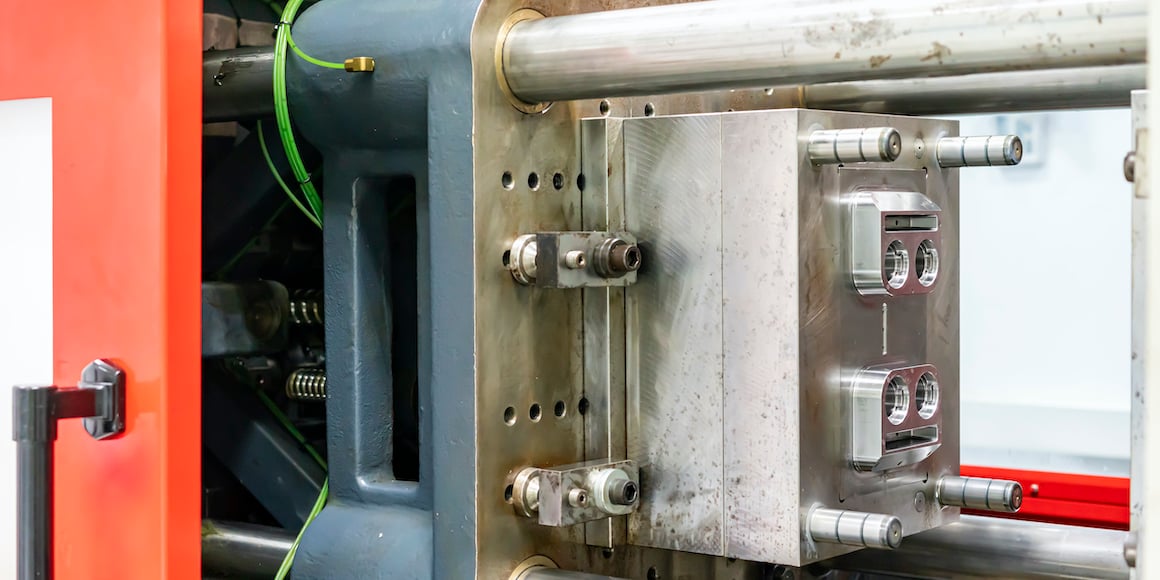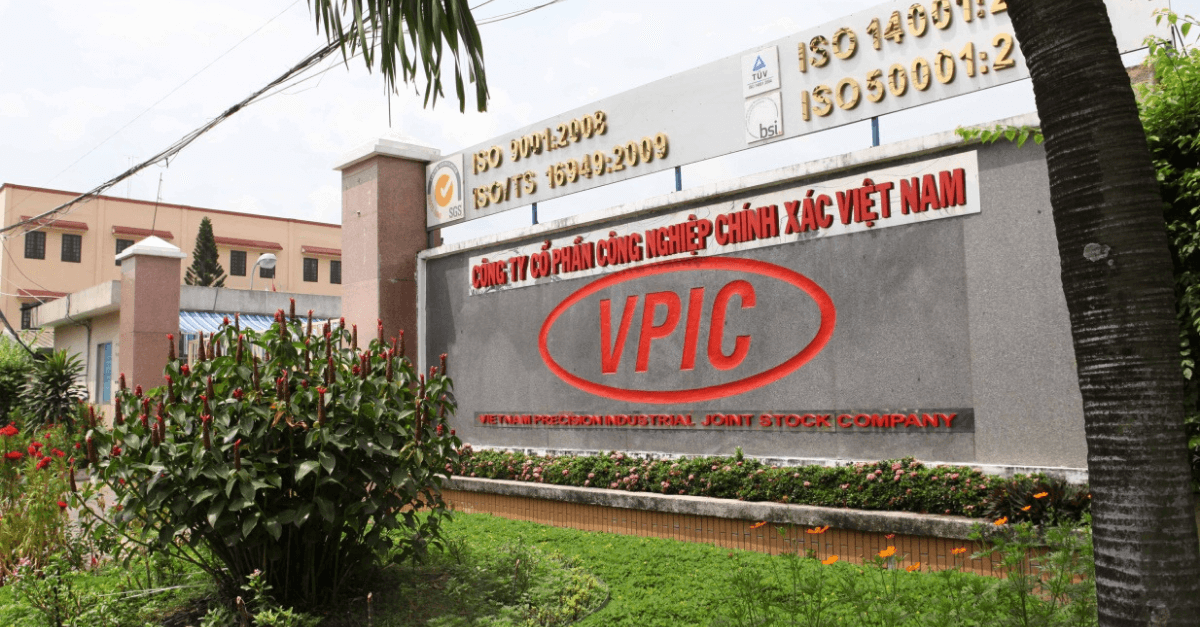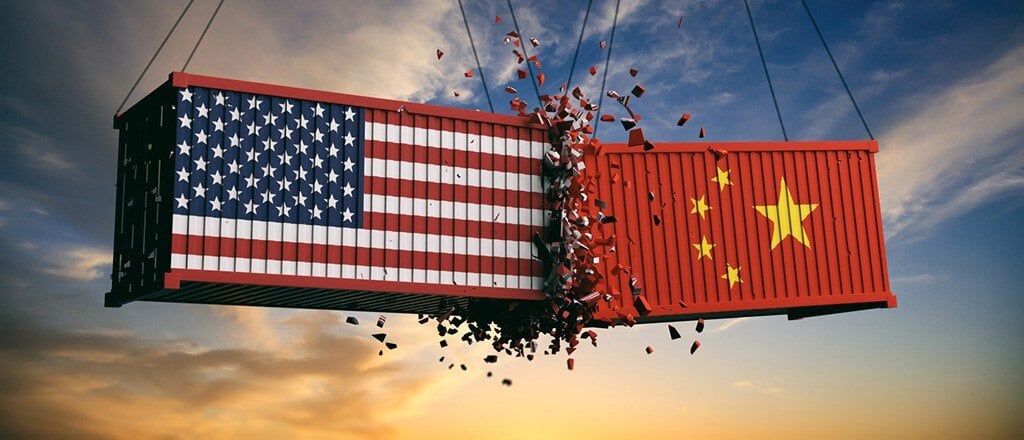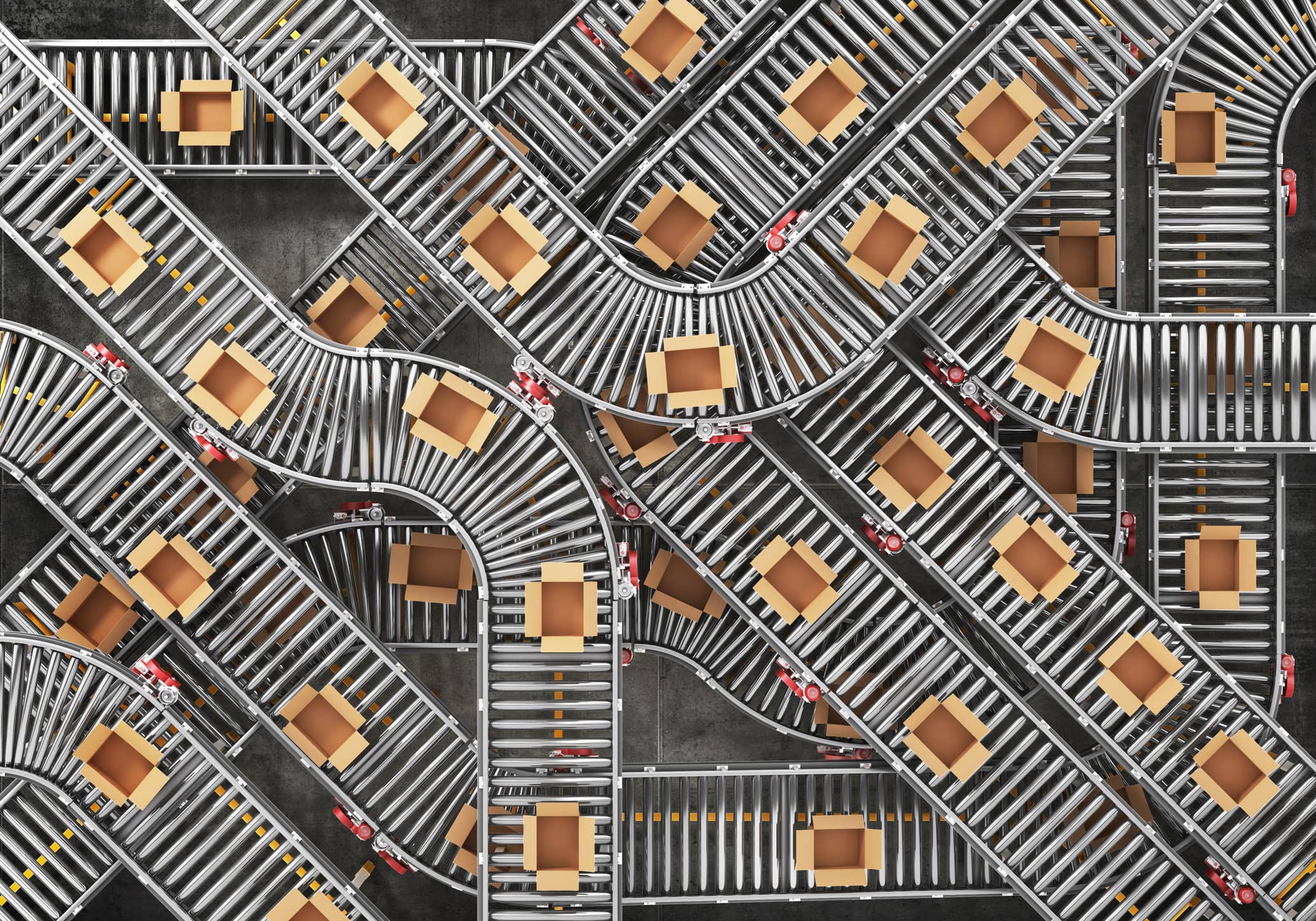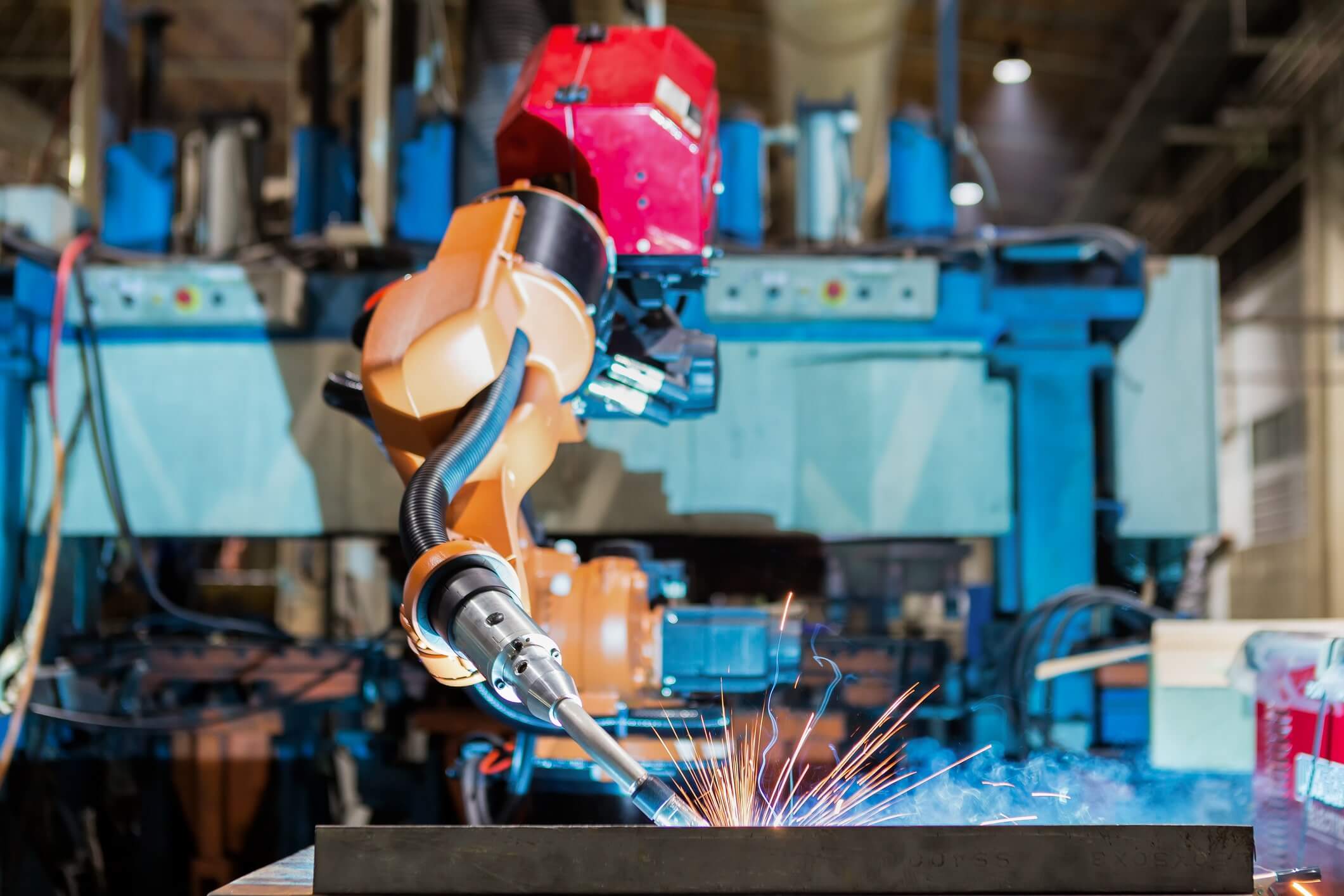Vietnam has made remarkable strides in transforming its business environment over the past two decades, positioning itself as one of the top ten economies globally to undergo substantial reform. According to the Economist Intelligence Unit, Vietnam's business environment rankings have significantly improved from 2003 to 2023, reflecting its proactive approach to growing its economy.
Read
Vietnam Precision Industrial Joint Stock Company
Address: Lot VIII-1, Honai Industrial Zone, Trangbom District, Dongnai Province, 810000 Vietnam.
Telephone: +84-251.3984.708
Address: Lot VIII-1, Honai Industrial Zone, Trangbom District, Dongnai Province, 810000 Vietnam.
Telephone: +84-251.3984.708



